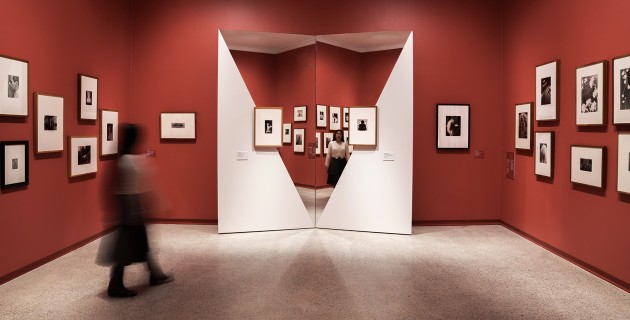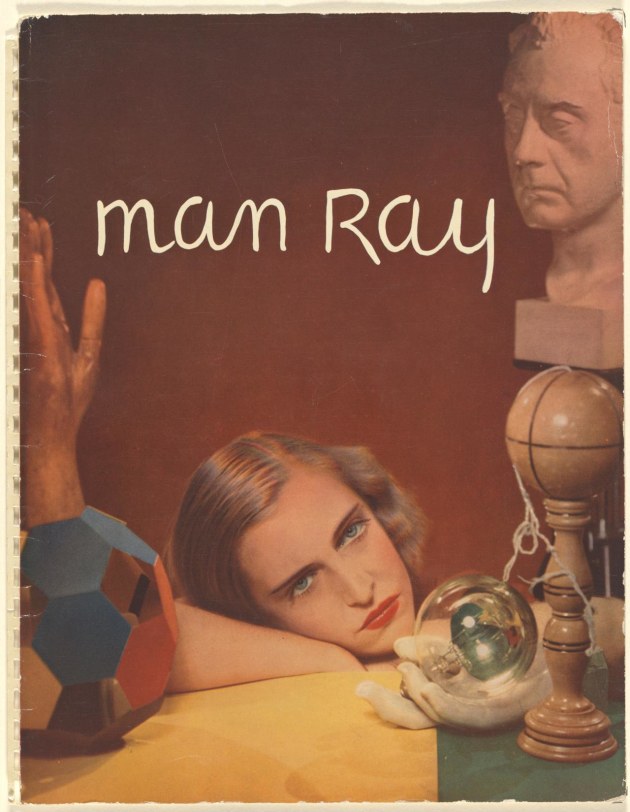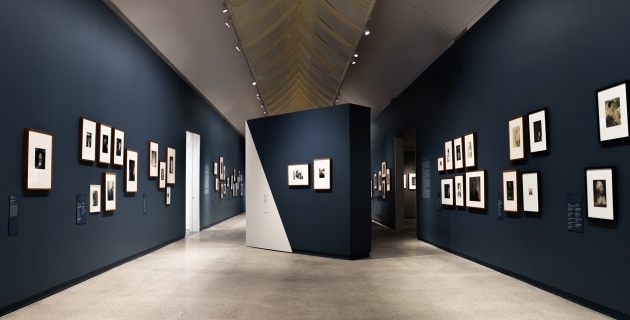Two titans of 20th-century photography, Man Ray and Max Dupain, are the subjects of a landmark new exhibition that has just opened at the Heide Museum of Modern Art in Melbourne. Running until 9 November, it is the first major Australian show to place the influential artists side by side.
Under the curation of Man Ray historian Emmanuelle de l’Ecotais and Heide’s Artistic Director Lesley Harding, the exhibition draws a compelling parallel between their distinct yet intersecting visions. Across more than 200 photographs, the show traces their shared engagement with Surrealism – from dreamlike nudes and uncanny still lifes, to pioneering work in fashion and advertising.

The exhibition also illuminates the creative ecosystems that surrounded both men, featuring pivotal works by their respective partners, the celebrated photographers Lee Miller (recently exhibited at Heide Museum) and Olive Cotton.
At the heart of the exhibition lies the profound influence Man Ray had on Max Dupain – a creative exchange that marked a turning point in Australian photographic history. A seminal figure in Dada and Surrealism, Man Ray revolutionised the medium through radical experimentation, from his hauntingly beautiful solarisations to the dreamlike abstraction of his ‘rayographs’ – camera-less images that defied convention and dissolved the line between reality and imagination.

Photographs by Man Ray 1920–1934. This book had a profound impact on Dupain.
It was through the pages of Photographs by Man Ray 1920–1934 that Dupain encountered this bold new vision. Inspired, he broke away from the soft-focus romanticism of Pictorialism and began embracing modernist techniques.
This artistic pivot would go on to shape not only his creative output but also his commercial practice, ushering in a new visual language that continues to resonate within Australian photography.
Accompanying the exhibition is a richly illustrated catalogue featuring essays by curators Lesley Harding and Emmanuelle de l’Ecotais alongside texts by Tamara Abramovitch, Judy Annear, Lana De Lorenzi, Helen Ennis, Shaune Lakin, Gael Newton, Antony Penrose and Susan van Wyk.
Man Ray and Max Dupain offers Australian audiences a rare and compelling dialogue between two photographic visionaries – artists separated by geography but united in their radical reimagining of the medium. This landmark exhibition explores how each, in their own context, pushed the boundaries of image-making and redefined the role of photography in modern art.

Images supplied: Heide Museum of Modern Art
The exhibition is also supported by a number of public program events including:
Art Talk: Man Ray and Max Dupain
Saturday 9 August, 11am
Art by Twilight: Surrealist Saturday
Saturday 13 September, 5 - 8pm
You can find out more about the exhibition and opening hours on the Heide Museum of Modern Art website.
Heide Museum is situated on the banks of the Birrarung/Yarra River at 7 Templestowe Road, Bulleen, only 9km from Melbourne CBD.






